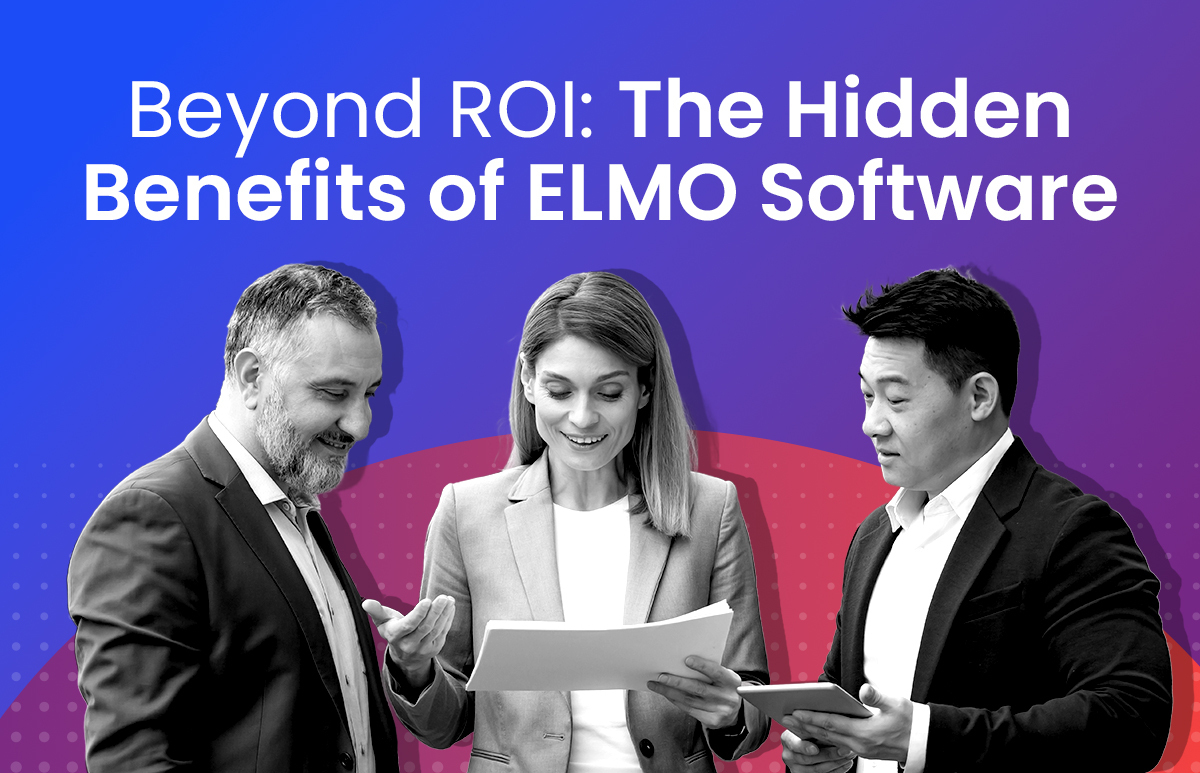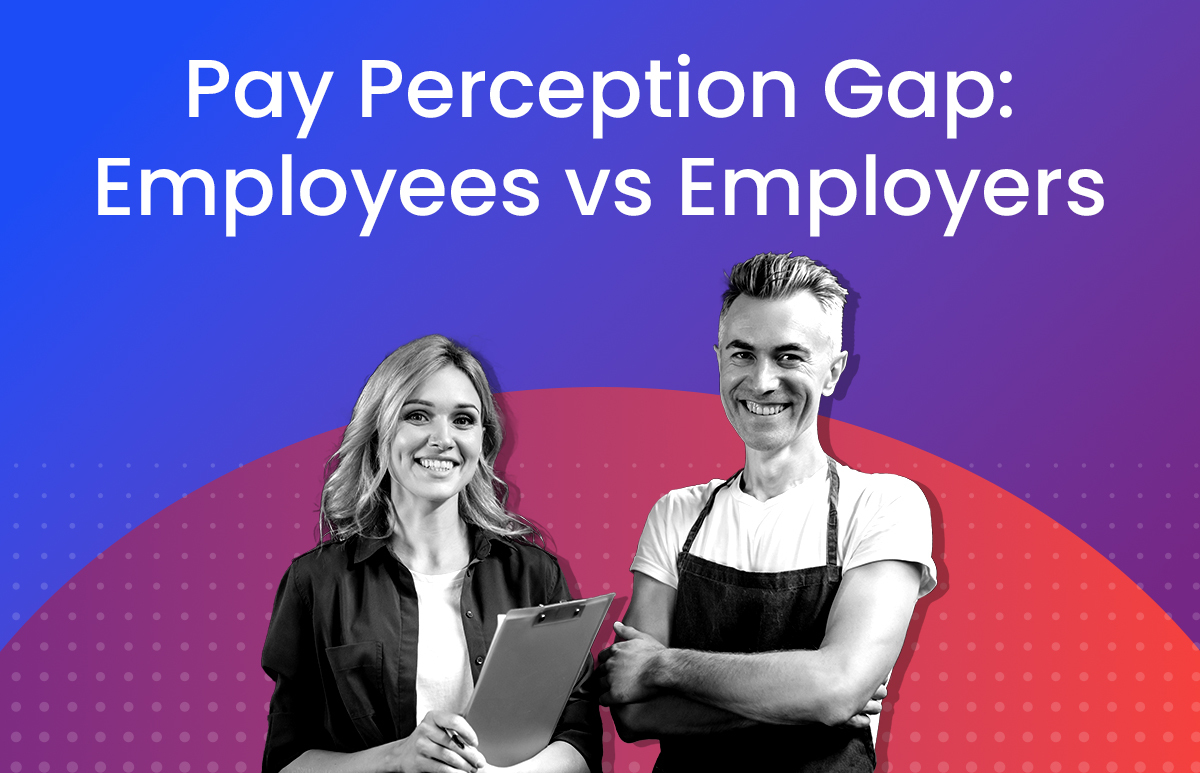What is a Culture of Entitlement?

What is workplace entitlement?
If your employees believe that they have the right to special treatment, particularly when it comes to pay and reward (regardless of whether reward has been well-earned), it could be a sign that your workforce culture is plagued with a sense of entitlement.
Causes of entitlement culture
Navigating an entitlement culture isn’t uncommon, and stems from a misalignment between performance and pay. For example, an employee who is loyal to an organisation and does a good job may have expectations around pay and reward. However, sticking with a company and doing what’s expected may not be grounds for extra compensation – the organisation may have another definition of what constitutes reward. A lack of clarity can be dangerous as it can cause frustration and inadvertently encourage high performers to seek employment elsewhere, in turn derailing efforts in other HR initiatives.
Examples of workplace entitlement culture
Organisations may be more complicit in enforcing an entitlement culture than they realise. An example is providing annual pay increases across the board that are unrelated to performance. Not only does this send the message that performance isn’t valued or worthy of reward, but it means that remuneration budgets are not used strategically – there may only be a small portion of the budget available to review performance and reward high performers. Failure to establish strong incentive plans to motivate employees to exceed expectations can foster an entitlement culture that becomes entrenched within the organization over time. In such a culture, average and especially under-performing employees lack the incentive to improve their performance due to the assurance of a certain level of pay or rewards regardless of their efforts.
Another example is when organisations reward teams rather than individuals. This is a grey area because team collaboration and success go hand-in-hand, but this approach does not reflect individual efforts and can cause friction within teams. If an employee believes that their work output surpasses that of their colleague(s) but the pay or reward does not reflect this, it can lead to feelings of resentment and demotivation.
Connecting pay and performance – why does it matter?
With global markets becoming more saturated, technical advancements accelerating, and the economy rife with fluctuations (exacerbated by COVID-19), it has never been more important for organisations to leverage top talent and increase workforce productivity to stay competitive. Connecting pay and performance drives engagement and productivity so is critical for business success.
Organizations must effectively define performance by outlining underperformance, average performance, and high performance, along with the methods of assessment using key performance indicators (KPIs) and other relevant metrics. This becomes complex when performance cannot be easily be quantified, in which case considerations like behaviours, company values, and teamwork can substitute. Armed with a performance benchmark, differentiating high and low performance becomes simpler, and rewarding based on performance becomes easier – as does driving employee engagement.
Developing a performance culture to keep entitlement at bay
Organisations that don’t differentiate performance can run the risk of perpetuating disengagement and entitlement within their workforce. Every organisation will have a unique set of circumstances that dictate their performance and reward strategy, but 3 steps to developing a performance culture – and avoiding a culture of entitlement – are as follows:
1. Determine a right-fit solution
The first step is to address your organisation’s current expectations around performance and determine the right solution going forward. The solution could be a simple case of setting a performance standard to meet the criteria for reward or salary increase. The basis of a performance standard will differ between organisations and will involve various incentives.
Once a strategy has been defined, implementing technology like ELMO Performance Management can increase the efficiency of the process and make it easier to have more frequent performance management cycles.
2. Communicate and clarify
Once you have defined performance expectations, the next step is to communicate them. Introduce your workforce to your performance process in a formal manner so they know exactly what they must do and the objectives they must reach to qualify for a reward. Equally, it’s important to communicate what the consequences are if employees do not meet performance expectations.
Also, be sure to align incentives to the wider business objectives and outcomes. When employees understand the purpose of the performance culture, they will be more driven to achieve highly and take ownership of their own performance. The stronger the messaging is, the higher the productivity will be.
Read ELMO’s blog on the difference between KPIs and OKRs.
3. Be consistent and committed
The key to enforcing a positive performance culture is consistency – there should be no exceptions to the rules around performance standards for a select few employees / teams, and no “teacher’s pet” cases of preferential treatment, as this will rightfully spark mass disengagement. Adopting new processes may require time and effort, but consistent implementation fosters employer-employee trust.
Employees should strive to achieve their goals to earn higher pay and rewards, not take them for granted. Creating a culture that celebrates and rewards high performers will boost morale, productivity and engagement. It is also a sign of organisational health and will give a business a competitive advantage, even during uncertain times.
ELMO Software is a cloud-based solution that helps thousands of organisations across Australia, New Zealand and the United Kingdom to effectively manage their people, process and pay. ELMO solutions span the entire employee lifecycle from ‘hire to retire’. They can be used together or stand-alone, and are configurable according to an organisation’s unique processes and workflows. Automate and streamline your operations to reduce costs, increase efficiency and bolster productivity. For further information, contact us.
 HR Core
HR Core 









